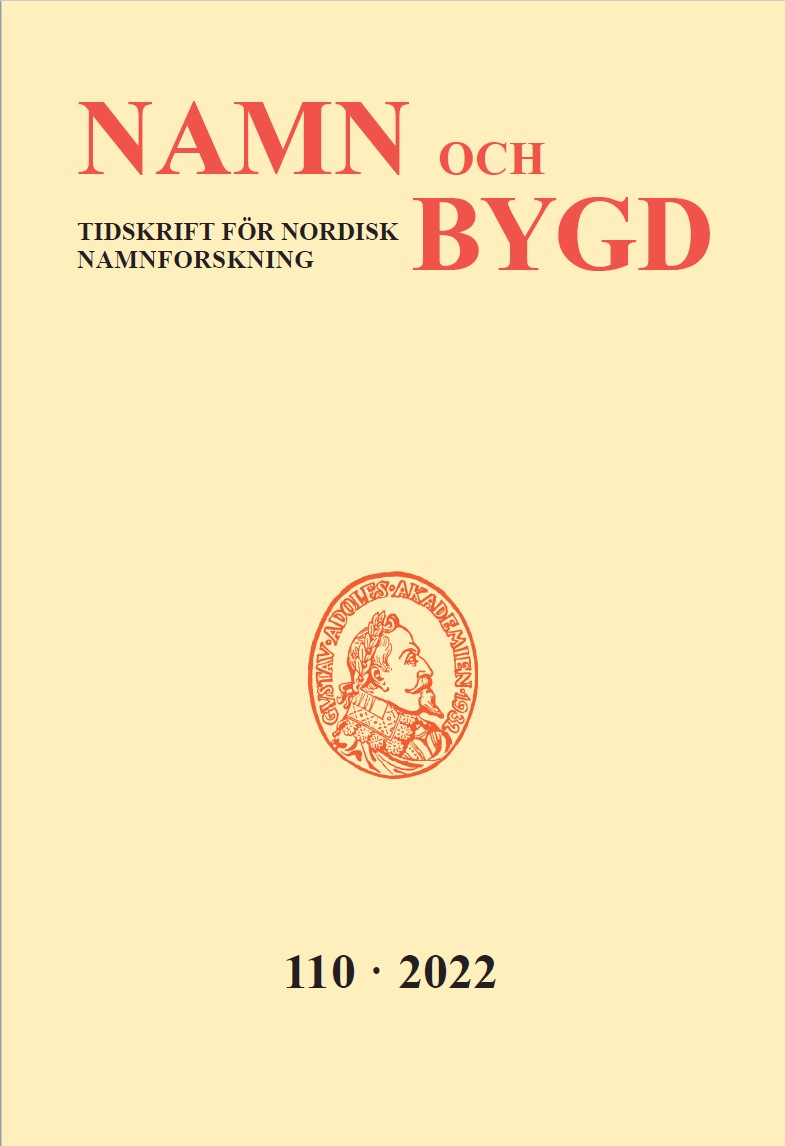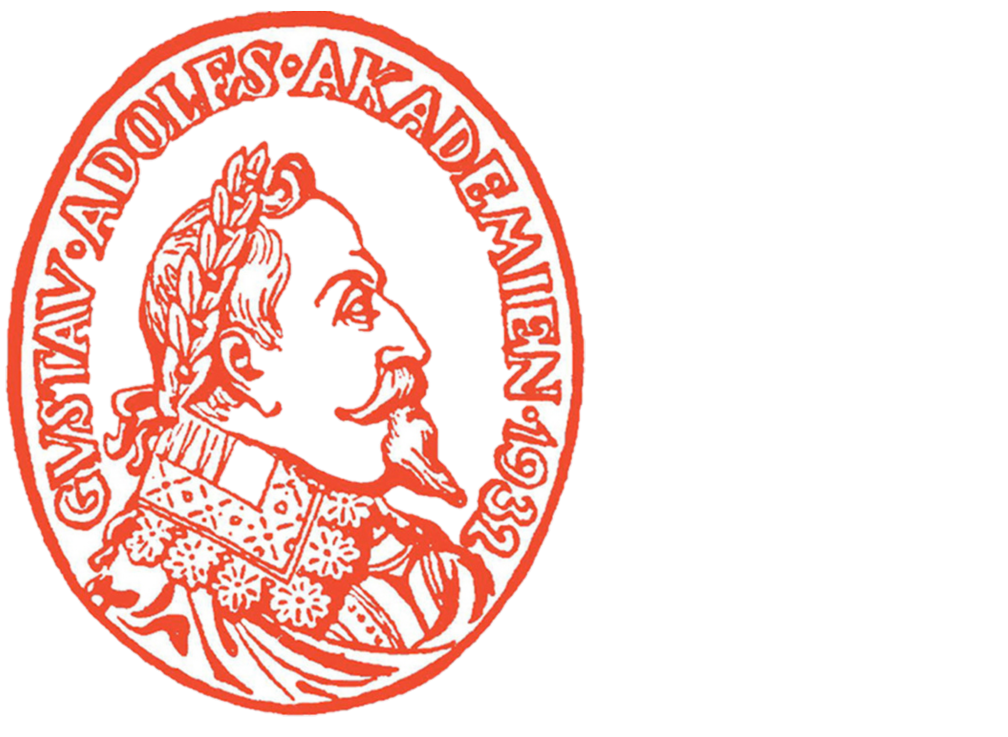Ellips eller primär namnbildning? Ett centralt problem i svensk sjönamnsbildning
English: Ellipsis or primary name formation? A central problem in the formation of Swedish lake names
DOI:
https://doi.org/10.69489/nob.v110i.23461Nyckelord:
hydronyms, lake names, name formation, ellipsisAbstract
This article discusses a central problem in the formation of Swedish lake names, namely the relationship between elliptical constructions such as Hultasjön becoming Hulten, and primary name formations. Derivatives are relatively common in older lake names, whereas compounds (and the subsequent ability to create ellipsis) tend to be more common in younger names. One hypothesis builds on the notion that non-derived tree words such as asp – aspen – tend to appear as the first element of older settlement names, whereas the -ija-derivatives such as äspe are the first element of younger names; for example, Aspe is a possible Old Swedish lake name, but not *Æspe, whereas both Aspsior and Æspesior should be possible. There appears to be a certain amount of empirical support for this hypothesis regarding lake names formed using asp, fura and björk – aspen, pine and birch respectively. The fact that names formed as clearly recognisable suffix-derivatives are not ellipses is a given. However, there are names using the a-suffix that may be difficult to identify as such. Gender change should generally be seen as a form of derivation, as a new name is formed this way. If there are a large number of homonyms for a particular name, this could suggest that it is an established pattern in the onomasticon. One plausible example comes from the lake names Ælmpte and Alpte – swan lake – which are likely an-derivations. Furthermore, it is unlikely that two large groups of lake names are formed using ellipses, rather they are formed from weak adjective forms using -ug, and names ending in -lången. There are clear examples to show that the shape of a lake can form the basis of its name. As with other metaphorical names, these also fall outside the ellipsis category. It is reasonable to question whether the ellipses *Asp and *Aspe for Aspsior existed at all. Contemporary elliptical lake names were likely formed following patterns of older primary non-compounded derived lake names (or names built on a word for a body of water), after they transitioned to the definite form in the early 16th century. Other common lake names using ellipsis are linked to settlement names, for example, Exen from the village name Extorp. Forming such names was likely possible once standard lake name ellipses became commonplace and established patterns.




